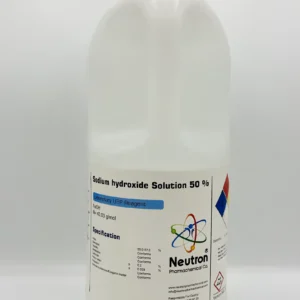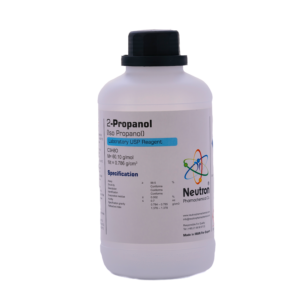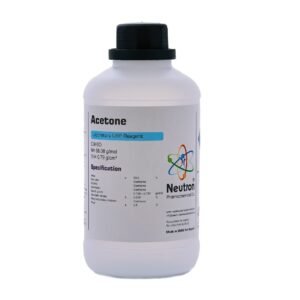sodium benzoate
| Formula: | C7H5NaO2 |
| Density | 1.44 g/Cm3 |
| Molar mass: | 144.11 g/mol |
| Bluck density: | ~ 350Kg/m3 |
| CAS number: | 532-32-1 |
| HS code: | 29163100 |
| EC number: | 208-534-8 |
| Storage: | store at +5 °C to +30 °C |
| SDS: | available |
| RTECS: | DH6650000 |
| odour | odourless |
| Form: | solid |
| color: | white |
| Ignition temperature | ˃ 500 °C |
| Ph value: | ~ 9(100 g/l 20 °C) |
| Solubility in water: | 660 g/l (20 °C) |
| Flash Point: | ˃ 100 °C |
| Melting point: | 410-430 °C |
| Assay: | 99.0-100.5 | % | |
| Description: | Conforms | ||
| Solubility: | Conforms | ||
| Identification: | Conforms | ||
| Heavy metals: | ≤ | 0.001 | % |
| Alkakinity: | Conforms | ||
| Water: | ≤ | 1.5 | % |
Sodium benzoate is the sodium salt of benzoic acid with the chemical formula C₇H₅NaO₂. It appears as a white, crystalline, water-soluble powder and is commonly used as a preservative in food, beverages, and cosmetics.
🏭⚗️ Production
Sodium benzoate is produced by neutralizing benzoic acid with sodium hydroxide or sodium bicarbonate. The resulting salt is then purified and crystallized for commercial use.
🔬 Properties
Sodium benzoate is a white, odorless crystalline powder that is highly soluble in water. It has a melting point of about 300 °C (decomposes) and is stable under normal conditions. In aqueous solutions, it forms a mildly acidic environment due to hydrolysis, contributing to its antimicrobial activity.
🧪 Applications
• Widely used as a food preservative (E211) to inhibit the growth of yeast, bacteria, and fungi, especially in acidic foods and beverages.
• Employed in cosmetics and personal care products as a preservative.
• Used in pharmaceuticals as a stabilizer and preservative agent.
• Sometimes utilized in industrial applications such as corrosion inhibition.





